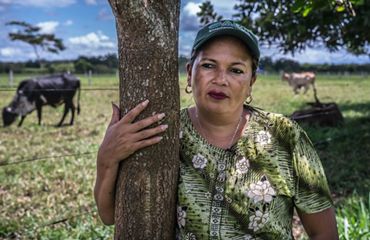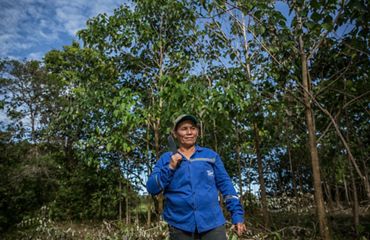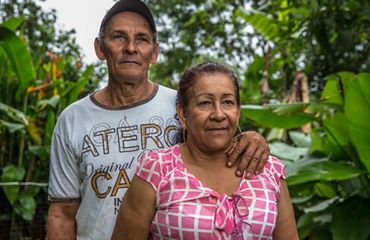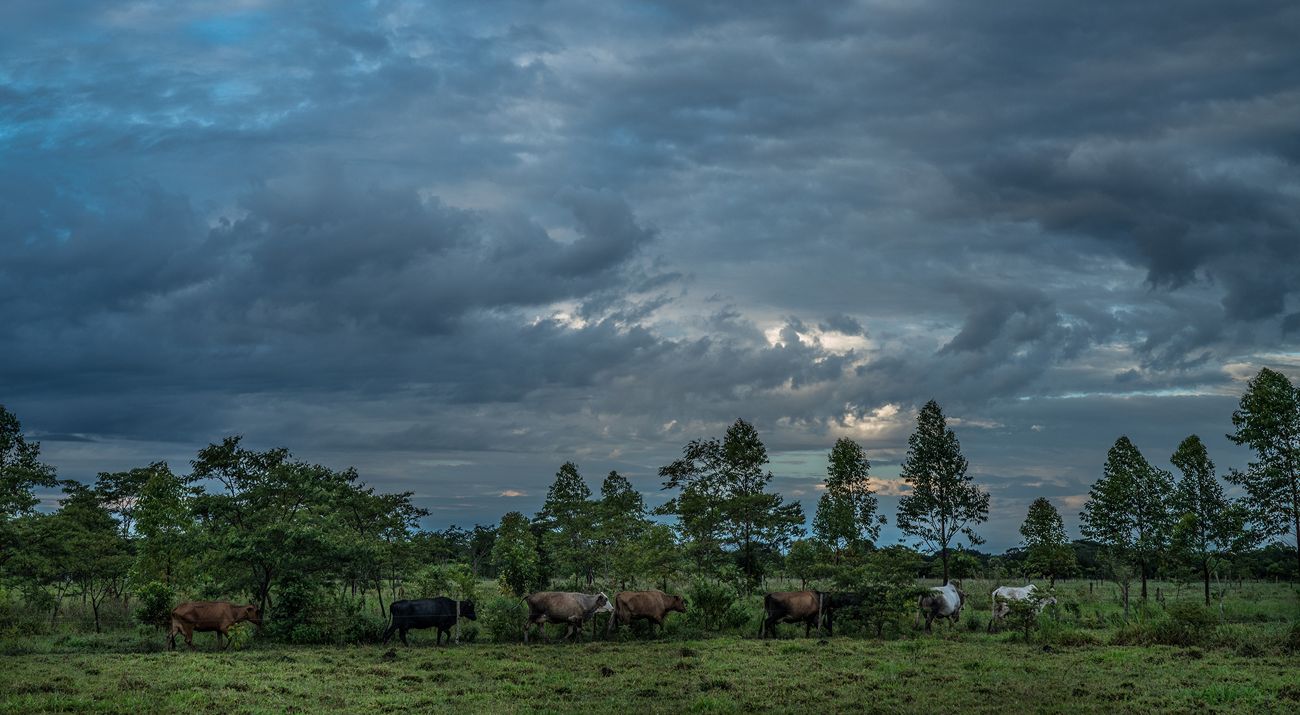Context
In Colombia, livestock farming is the main agricultural activity and one of the most significant contributors to the national economy. Approximately 34.4 million hectares in the country are used as pastures, and livestock farming occupies 30% of the national territory.
This sector generates 908,000 direct jobs that represent 6% of national employment, 28% of rural employment and 19% of employment in the agricultural sector. However, conventional livestock production contributes to severe land degradation and transforms ecosystems, with cattle being responsible for 62% of the total greenhouse gas emissions generated by the livestock industry.
Conventional cattle ranching presents challenges such as high costs of agricultural supplies and inefficient use of natural resources. In addition, climate change is generating more frequent and intense droughts and floods, making this sector one of the most affected by extreme climate events.
The Sustainable Colombian Livestock Farming Project Works in Five Regions to Transform the Country’s Livestock Practices

Working Towards Sustainable and Regenerative Livestock Farming
Conventional livestock farming practices such as the conversion of natural areas into pastures and overgrazing result in the loss of natural habitat and biodiversity, soil erosion and degradation, and also impact water sources.
The Sustainable Colombian Livestock Farming Project is a proposal for social, environmental and economic transformation that seeks to generate comprehensive well-being among the stakeholders and farmers of the region. This will increase the opportunities, the socioeconomic development and quality of life of producers and their families, while creating an environmental transformation through the regeneration and conservation of resources and ecosystem biodiversity.
Our goal is to promote environmentally friendly livestock farming by encouraging more sustainable production practices in this sector. This will improve ecosystem services' health, increase biodiversity, enhance soil conditions, carbon capture, water retention, and ultimately achieve higher productivity on participating farms.
The Sustainable Livestock Farming Project, through our strategy and in collaboration with local ranchers, has transformed livestock practices in more than 42 thousand hectares of farmland through regenerative practices such as agroforestry systems and intensive agroforestry systems. We also provide technical support, in order to strengthen the capacity and resilience of livestock farmers and producers.
Implemented Practices
Benefits
4,100 livestock farmers have employed agroforestry systems and regenerative and conservation practices that improve the conditions of their farms and cattle, improving production and the quality of their products.
- The Sustainable Colombian Livestock project encompasses 18,283 hectares under conservation and has achieved a 30% increase in bird species biodiversity.
- 38,390 hectares of degraded pastures have been transformed thanks to 3.1 million trees planted.
- This project has contributed to the capture and avoided emission of 1,566 MTCO2e through the implementation of regenerative and conservation practices.
- Agroforestry systems and intensive agroforestry systems allow for a 3% improvement in milk quality and the production of 2,849 liters of milk per year (almost three times the milk production achieved with conventional livestock farming).
Quote: Blanca Raquel

There is not a single human being who does not need farmers
Quote: Mercedes Murillo
I have received payments for live fences, forest and scattered trees, I am a very happy sustainable livestock farmer

Quote: Roxana Adames

The weather has changed a lot, so trees have to be planted in order to retain more moisture in the soil and provide more shade
Let’s make a bigger impact
Write to us if you would like to learn more about our work in Central and Latin America. Be a part of this change.



